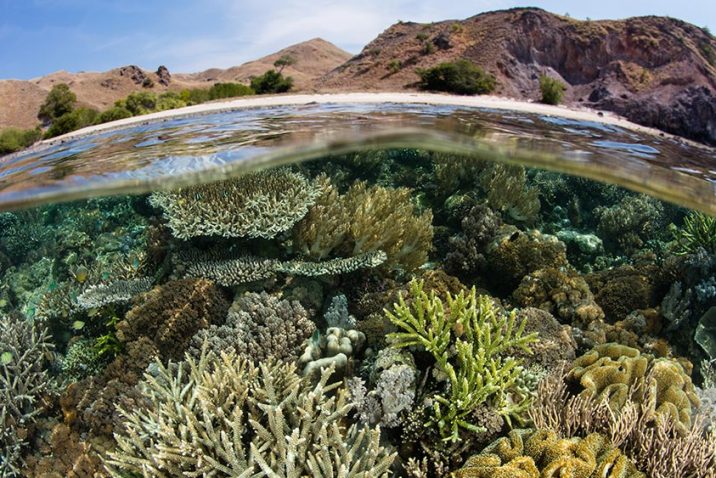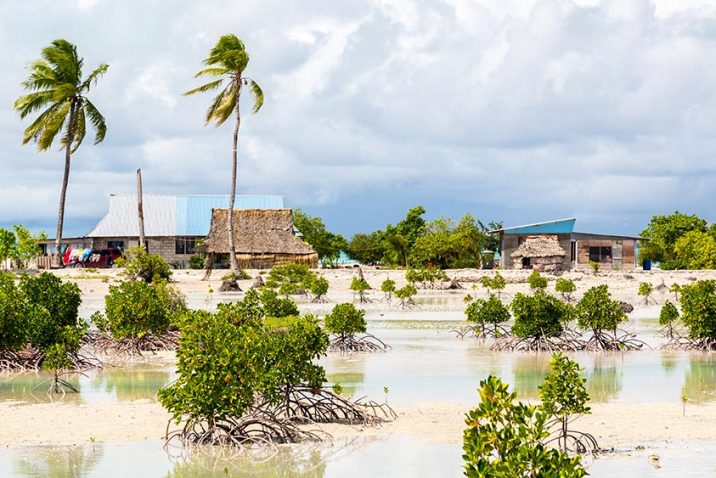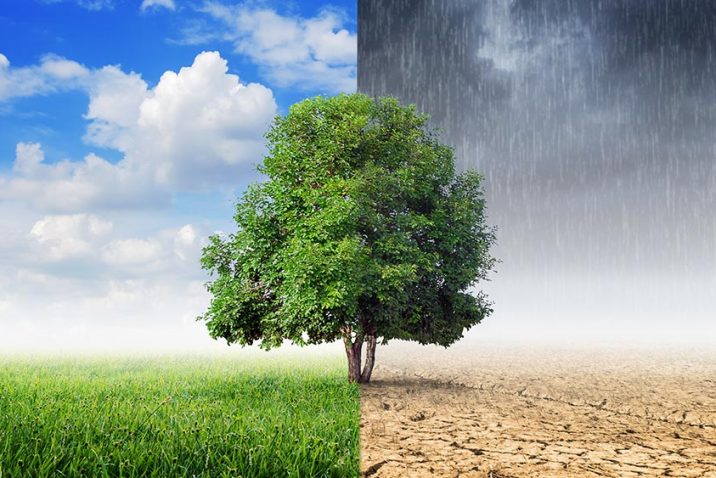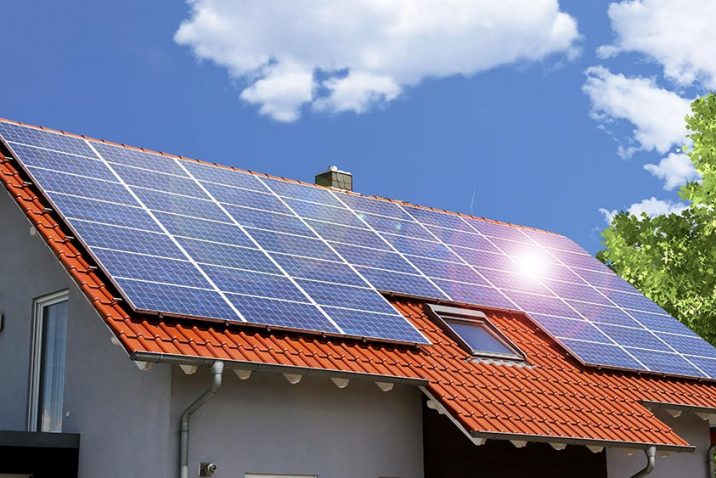Supportive policies and advancing technology have been successfully pushing the price of solar energy lower and lower. Solar technology was originally used as the electricity supply for a satellite in 1958 at an extremely high price. However, this...
Behavioral science can explain why climate change skepticism exists. A series of experiments revealed that those who feel optimistic about the projection of climate change spent less time focusing on arguments for climate change than non-optimists...
In democracies, politicians represent those who vote for them. The greatest beneficiaries of climate change policies are young people, including the unborn and those too young to vote. These generations will be the hardest hit if the current crisis...
Climate change will expose our lives to serious threats in many ways, such as through social, cultural and natural resources. For example, population displacement due to sea-level rise is a potential crisis that looms over major coastal cities such...
Rapid climate change can lead to unusual life cycle events and disrupt animal food chains, both of which contribute to abrupt biodiversity losses. Arctic and mountain species are particularly vulnerable to warmer temperatures. For example, a decline...
Food production is affected by climate change, which has made growing conditions more difficult in several regions globally. Firstly, extreme weather can reduce yields as it damages the soil structure. Intense floods drown crops and pollute water...
Coastal cities are vulnerable to rising sea levels, making cities prone to flooding and storm surges. However, approximately a fifth of Japan’s population lives in low-lying coastal urban centers. Coupled with ever-more devastating typhoons and...
Small Island Developing States (SIDS) in the Pacific and Caribbean are particularly vulnerable to the impacts of ongoing environmental threats. Rising sea levels and extreme weather events there are severe issues. For example, if climate change...
The term climate change refers to a significant long-term variation in the regional or global average of weather conditions. These include temperature, humidity and rainfall patterns. It also refers to the effects of Earth’s warming, such as rising...
Carbon dioxide is generated through the burning of fossil fuels such as coal, natural gas and oil. Given the enormous negative environmental impact of carbon dioxide on Earth, the significant development of solar and other renewable energy sources...











